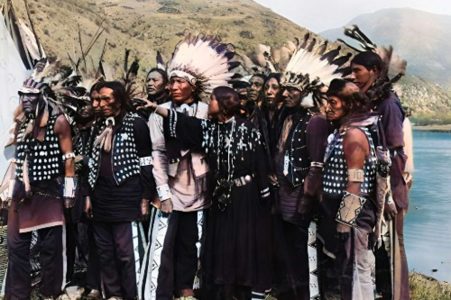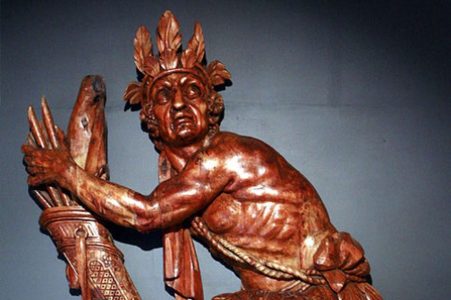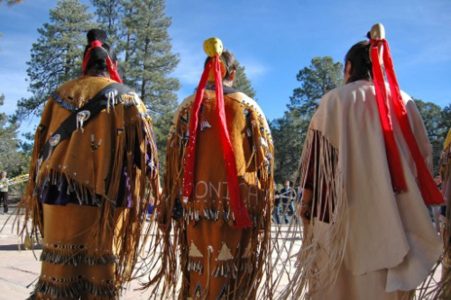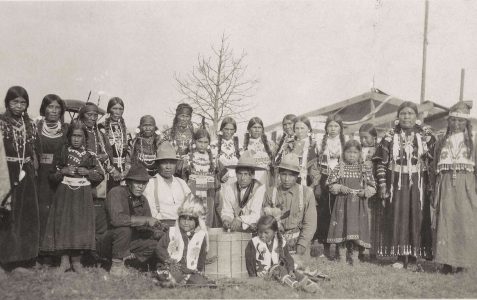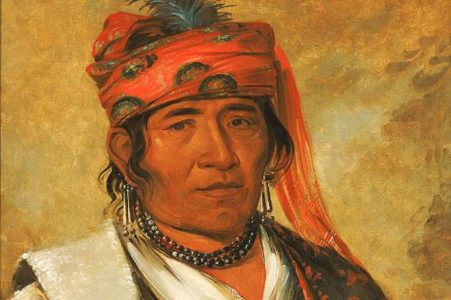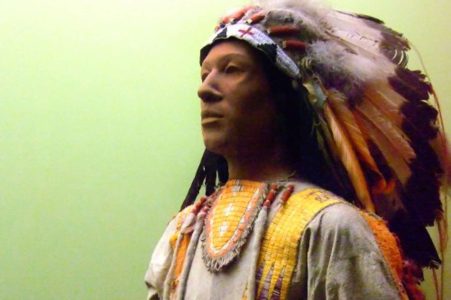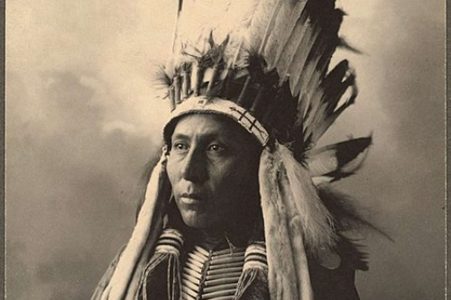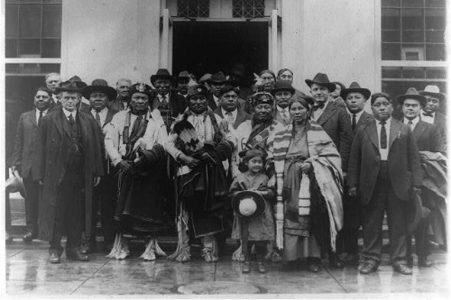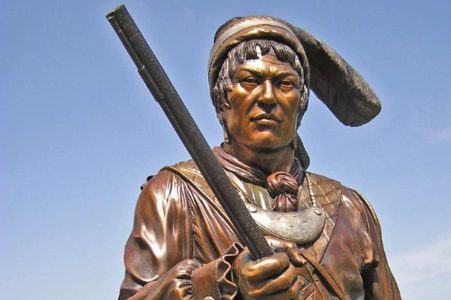12 Most Feared Native American Tribes
The Lakota Sioux were a force to be reckoned with, especially during their conflicts with U.S. forces. Known for their powerful and organized war strategies, they fought with unmatched bravery. Leaders like Sitting Bull and Crazy Horse were revered not just for their strategic brilliance but for their unbreakable spirit in protecting their land and people. The Battle of the Little Bighorn, where they decisively defeated General Custer’s forces, is a testament to their fighting prowess.
The Iroquois Confederacy was not just feared for their war prowess but also for their sophisticated political system, which was ahead of its time. The confederacy was made up of six nations that formed a powerful alliance and worked together seamlessly in warfare. Their deep strategic thinking, reinforced by their use of alliances and tactical warfare, made them a formidable opponent to European settlers and neighboring tribes alike.
The Apache were fierce and adaptable warriors, famous for their guerrilla-style tactics and ability to survive harsh environments. Their knowledge of the land, combined with their skill at ambushing enemy forces, made them virtually unstoppable. Whether it was the fierce Geronimo leading his people or smaller bands, the Apache’s reputation for ruthlessness in battle and relentless pursuit of freedom made them feared by both European settlers and other tribes.
The Nez Perce are most famously remembered for their leader, Chief Joseph, who led them on a remarkable flight from the U.S. Army in 1877. The Nez Perce were exceptional horsemen and skilled fighters who used their knowledge of the terrain to evade capture. Though eventually defeated, their resistance against overwhelming odds earned them widespread respect and cemented their reputation as formidable warriors.
The Shawnee were known for their fierce resistance against American expansion. Leaders such as Tecumseh and his brother, the Prophet, spearheaded a strong confederation of tribes that fought to preserve their lands and way of life. Tecumseh’s leadership and strategic genius, combined with the Shawnee’s tenacity, made them formidable foes who were feared for their quick strikes and unity.
The Crow were both respected and feared for their unique combination of warrior skill, horsemanship, and intelligence. They were adept at both offensive and defensive strategies and were well known for their intricate use of scouts and spies. Their reputation was solidified by their involvement in various battles and their alliances with other tribes that often placed them in opposition to larger forces.
The Blackfeet tribe’s reputation as fierce warriors came from their strategic knowledge of the Northern Plains and their powerful raiding parties. They were highly skilled in using the land to their advantage and developed a reputation for being relentless and hard to track. Blackfeet warriors were fearless, often taking the fight directly to enemy camps and emerging victorious.
The Cheyenne were fierce and resilient, known for their combat skills and powerful war dances that inspired their warriors. Their strong sense of unity made them a force to be reckoned with, and they could mobilize quickly to defend their land. Their tactical use of the buffalo hunt also gave them a strength and mobility that made them dangerous opponents in battle.
The Osage were renowned for their wealth and warrior culture, which made them both respected and feared by other tribes and settlers. They were formidable in battle, known for their strong, disciplined warriors and their advanced weaponry for the time. Their mastery of both traditional combat and tactical warfare helped them establish dominance over their territory, and their reputation for striking swiftly and decisively kept their rivals on edge. The Osage were not only warriors but also strategic thinkers who knew how to maintain power and influence, making them a force to be reckoned with on the plains.
The Seminole were a thorn in the side of American forces during the Seminole Wars. Their guerrilla tactics, including ambushes and hit-and-run raids, frustrated and outwitted the U.S. military. The Seminole were expert in using the Florida swamps as a natural defense, which gave them an edge that many other tribes could not match. Their resistance during the Seminole Wars forced the U.S. government to reconsider their approach to Native American policy.
